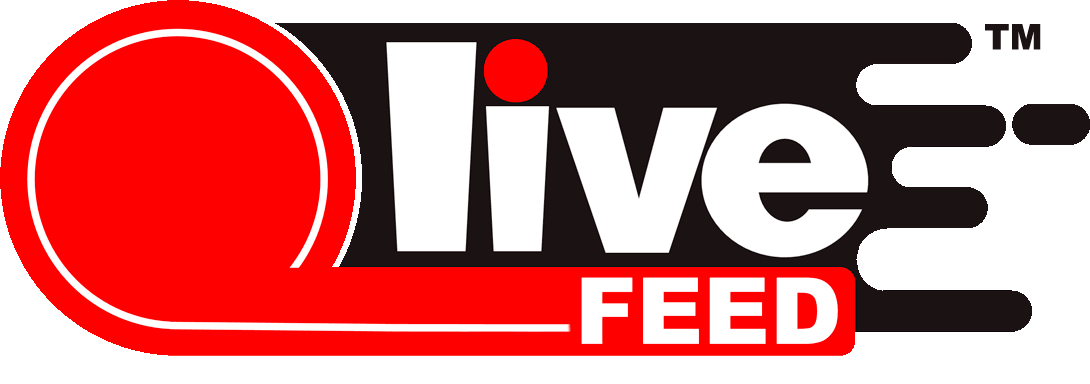When (and how) will you get your $1,200 stimulus check? A simple guide
On March 27th, Congress passed a historic $2 trillion Stimulus bill (the largest in history), which was afterward signed by President Trump. The bill’s primary goal is to mitigate the damages Americans are struggling with due to the pandemic – loss of jobs, loss of income, healthcare bills – you name it. While the amount of relief payment for individuals is rather small and capped at $1,200, it’s provided in addition to other things you may qualify for, such as food stamps, unemployment, Medicaid, and so on. Today marks exactly two weeks since the bill was passed, and a lot of us are still trying to comprehend one simple question – how exactly do we get the money? Well, here’s our detailed (and simple) guide, ladies and gents.
Scenario #1: You file your taxes, and your income is less than $75,000 (single filer), $112,500 (head of household) or $150,000 (married/joint filers)
How much will you receive? $1,200 per individual, so if you file your taxes with your spouse, each of you will receive $1,200 from the federal government, $2,400 in total.
Will your kids receive any payment? Yes, $500 per child under 17 that you claimed as a dependent on your taxes.
Will your other dependents (such as parents, etc.) receive any payment? According to the information posted on the IRS website, no – they are likely not eligible, even if they are adults.
When will you receive your payment? If you provided your bank information for a direct deposit with a previously filed tax return, you should receive your payment around mid-April, which means already next week. Those who did not provide their direct deposit info to the IRS will have to fill it out on the IRS website once they launch their “Get My Payment” application for such filers by mid-April.
How will you know if the IRS sent your payment? They will mail a letter to your physical address to confirm how the payment was sent, and information on what to do if you did not receive it. If you moved since you filed your last tax return, make sure to update your mailing address.
Scenario #2: You filed your taxes, and your income is more than $75,000 (single filer), $112,500 (head of household) or $150,000 (married/joint filers)
How much will you receive? Good news: you still qualify if you made less than $99,000 if your filing status was single (or married filing separately), $136,500 if you’re head of your household and $198,000 if your filing status was married filing jointly.
Bad news: your stimulus payment will be decreased by $5 per each $100 above the aforementioned threshold limits.
For all the remaining details of how and when you will receive your money, everything is the same as Scenario #1.
Scenario #3: You did not file your taxes for either 2018 or 2019
Good news: you may still qualify for a payment. Today, April 10th, the IRS has launched a special form where non-filers can enter their payment info.
Which non-filers will qualify to receive the payment?
The IRS lists several specific groups of individuals who should fill out the form:
- You did not file a 2018 or 2019 federal income tax return because your gross income was under $12,200 ($24,400 for married couples). This includes people who had no income. Or
- You weren’t required to file a 2018 or 2019 federal income tax return for other reasons.
Note: if you were required to file your tax return but did not do it for either 2018 or 2019, it would be a good idea to do that as soon as possible to qualify for relief. For low-income taxpayers, IRS provides a number of options to file your taxes for free, you can check them out here.
Scenario #4: You did not file your taxes for either 2018 or 2019, but you receive Social Security, Railroad Retirement, or SSDI benefits
Good news: you do not have to do anything even if you did not file your returns for the previous two years.
How much will you receive? The IRS will issue you a $1,200 payment.
How will you receive your payment? In the same way as you typically receive your benefits, either by direct deposit or a check.
Will your children be able to receive $500? As stated on the IRS website, you will be able to do it if you “take an additional step.” There isn’t any explanation yet as to what that step should be, as the IRS is still in the process of providing full guidelines. There is a possibility that it would mean filing a simple return for yourself (even while you’re not required to) and listing your child as a dependent.
Scenario #5: You live in the U.S. and pay taxes, but do not have a green card
Unfortunately, all immigrants who are not permanent residents (green card holders) have been cut out from the bill. The National Immigration Law Center and many others have called this decision “disgraceful,” citing the fact that many “non-resident aliens” still pay U.S. taxes and will play a huge role in the country’s economic recovery.
Have we missed any of the scenarios or did not cover your situation? Please let us know by contacting us here, and we’ll get that done. Do you have your own knowledge you’d like to share? Sign up for your free account and post directly to our LIVEfeed!


















